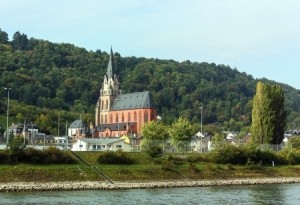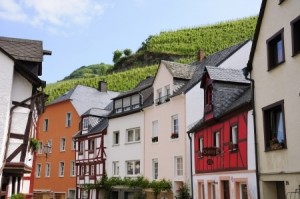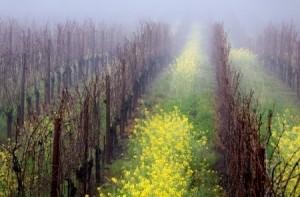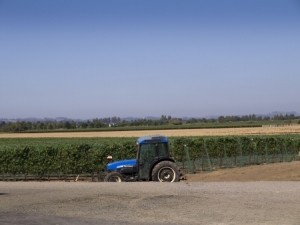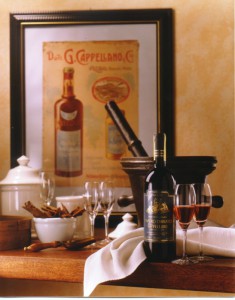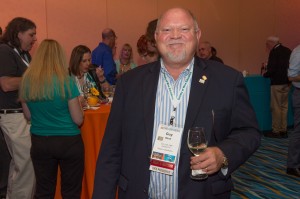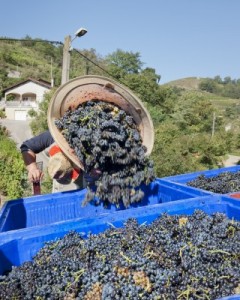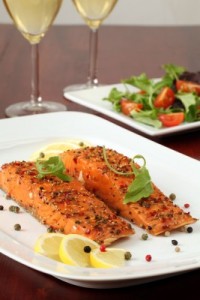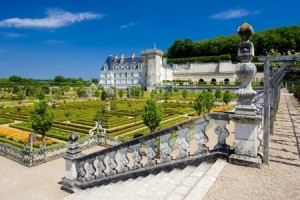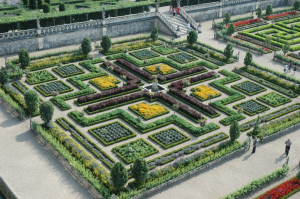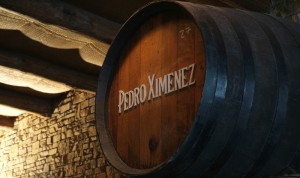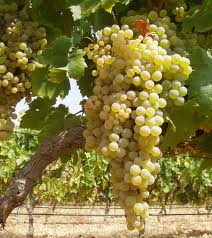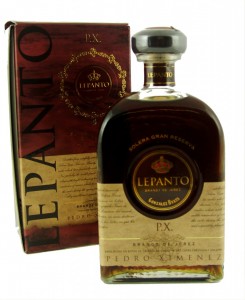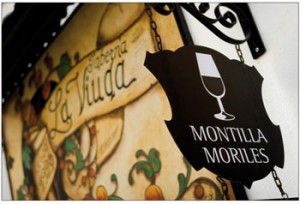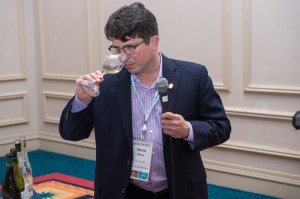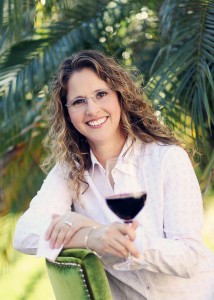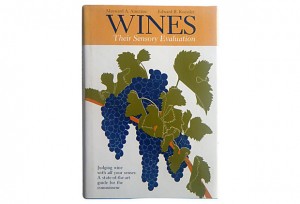 When I was a 21-year-old student at UC Berkley I began to be obsessed with wine, cooking, and food. This was the 80’s in Northern California; the perfect time and place for such a passion to bloom. California wines were taking the world by storm and chefs that seemed to us like “local hippies” would soon be world-famous for a new style of cooking dubbed “California Cuisine.” All of this would set the nation on a course that would lead to…well, our nation’s current obsession with wine, cooking, and food.
When I was a 21-year-old student at UC Berkley I began to be obsessed with wine, cooking, and food. This was the 80’s in Northern California; the perfect time and place for such a passion to bloom. California wines were taking the world by storm and chefs that seemed to us like “local hippies” would soon be world-famous for a new style of cooking dubbed “California Cuisine.” All of this would set the nation on a course that would lead to…well, our nation’s current obsession with wine, cooking, and food.
As most people do when they first “discover” the culinary arts, I spent all my spare cash on cookbooks. Lucky for me I could wander down to Cody’s Books, the legendary Berkley Bookstore that unfortunately shuttered in 2008. One day I happened to pick up – for 99 cents – a tattered, used copy of a book called “Wines: Their Sensory Evaluation” written by Maynard Amerine and Edward B. Roessler. Even though it would be years, or perhaps even decades before I would be able to really understand what I was reading, I was fascinated by that little book. I still have my tattered copy and get a kick out of seeing the underlines and scribbled notes I put in that book 30 years ago.
 One of the authors of that book, Maynard Amerine (1911-1998), was, in 1935, the first faculty member hired in the new Viticulture and Enology Department at the University of California at Davis. He became full professor in 1952, was deemed All-University Lecturer in 1962. He continued his research and teaching at Davis until his retirement in 1974, and remained a Professor Emeritus until his death in 1998.
One of the authors of that book, Maynard Amerine (1911-1998), was, in 1935, the first faculty member hired in the new Viticulture and Enology Department at the University of California at Davis. He became full professor in 1952, was deemed All-University Lecturer in 1962. He continued his research and teaching at Davis until his retirement in 1974, and remained a Professor Emeritus until his death in 1998.
His many contributions to the world of wine include 16 books and over 400 articles on the subjects of viticulture, enology, and the sensory evaluation of wine. In the early 1940s, along with his colleague Albert Winkler, he developed the Winkler scale, a technique for classifying wine growing regions based on temperature now known to most wine students as “heat summation regions.”
Among his many awards are the Andre Simon Prize, the Croix d’Officier du Order National du Mérite, the Chevalier de Mérite Agricole, Wine Spectator’s Distinguished Service Award 1985 and Wine Man of the Year – Wines & Vines Magazine” 1989.
Today, through an amazing combination of luck, technology, and the UC Davis Library, you can view a series of videos of Professor Amerine’s class lectures, recorded in 1973 during his class for “Viticulture and Enology 125: Sensory Analysis of Wine.” Just click here: http://www.lib.ucdavis.edu/dept/specol/collections/media/index.php?media=viticulture
Professor Amerine donated many of his writings, awards, and references to UC Davis. You can learn about his archives, now housed in The Maynard Amerine Room at the UC Davis Library here: http://www.lib.ucdavis.edu/dept/bioag/collections/vitic/amerine-room.php
Click here to return to the SWE Website.
Post authored by Jane A. Nickles, SWE Blog Administrator: jnickles@societyofwineeducators.org
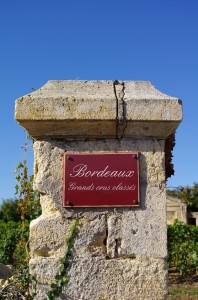
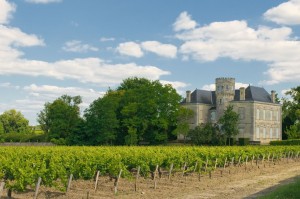
![9.8-The-Haut-Medoc-4-color-[Converted]](http://winewitandwisdomswe.com/wp-content/uploads/2013/09/9.8-The-Haut-Medoc-4-color-Converted-231x300.jpg)
